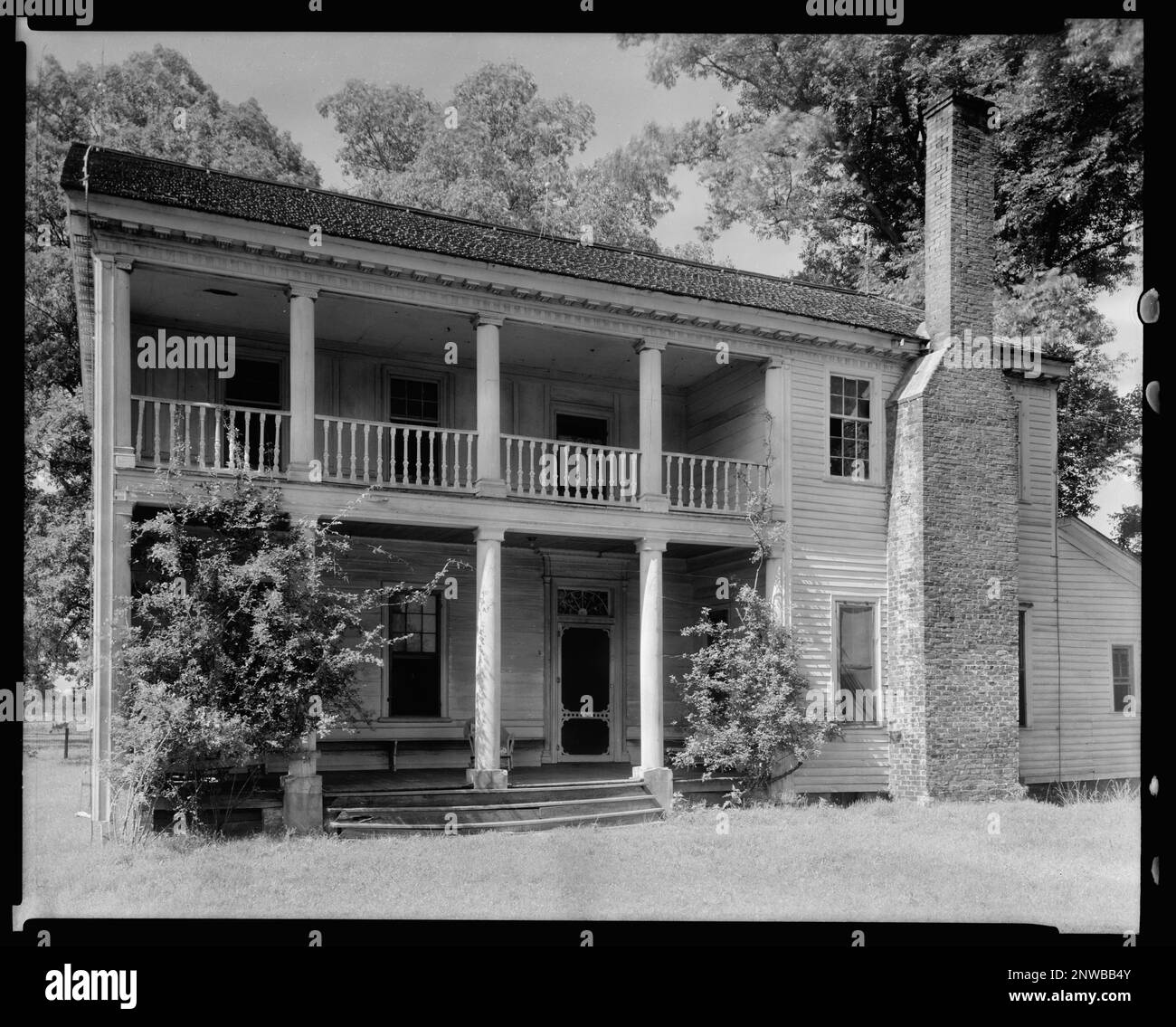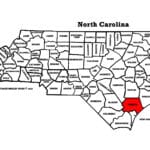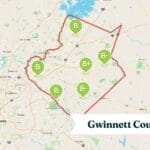Discovering Edgecombe County Through GIS
Want to explore Edgecombe County, North Carolina, in a whole new way? Think of Geographic Information Systems (GIS) as your digital treasure map. Whether you’re searching for the perfect home, scouting business locations, or simply curious about your neighborhood, Edgecombe County’s GIS offers a wealth of information at your fingertips. From property lines and aerial photos to tax details and floodplains, this guide will show you how to navigate the Edgecombe GIS website and uncover the data you need.
Understanding Edgecombe County’s GIS
Edgecombe County’s GIS is essentially a digital library of location-based data, combining maps with various data layers to create a visual and interactive experience. This powerful tool benefits residents, businesses, and county government alike, offering insights into property details, development plans, environmental factors, and even local history. Explore other robust GIS systems like Cuyahoga County GIS and Dorchester County GIS for further comparison.
What Data Can You Find?
The Edgecombe GIS website (gis.edgecombecountync.gov) likely provides access to a variety of map layers and datasets, including:
- Standard Road Maps: Navigate the county’s roads and streets with ease.
- Aerial Photography: View bird’s-eye perspectives of the county, often spanning several years, offering a glimpse into its past.
- Parcel Maps: Clearly define property boundaries and ownership.
- Tax Maps: Potentially access tax information linked to specific parcels.
- Floodplain Maps: Determine if a property lies within a designated floodplain.
- Zoning Information: Understand land use regulations and permitted activities.
The specific data available may vary, so exploring the site is always recommended.
Who Maintains the System?
Maintaining such a comprehensive system requires expertise. Ray Wilson, the Edgecombe GIS Coordinator, likely oversees the GIS operations, while Renee Wilson in the Tax Assessor’s Office plays a vital role in connecting property data to the GIS, suggesting a streamlined approach to property research.
Navigating the Edgecombe County GIS Website
Accessing the wealth of information available through the Edgecombe County GIS website is likely quite intuitive. Here’s a general guide to get you started:
- Visit the Website: Go to gis.edgecombecountync.gov.
- Explore the Homepage: Look for tabs or menus labeled “Maps,” “Data,” or similar, which serve as your starting point.
- Select Data Type: Choose the map or data you’re interested in (e.g., aerial photography, parcel maps).
- Interact with the Map: Use tools like zoom, pan, and click to explore the map and access detailed information about specific features.
- Download Data (If Needed): Look for “Downloads” or “GIS Data” links to access data in formats compatible with professional GIS software like ESRI products.
Unofficial Sources: Proceed with Caution
While you might encounter other websites referencing Edgecombe GIS data, such as CountyOffice.org (which may list information like flood maps), remember that these are not official sources. Always double-check information with the official Edgecombe County GIS website.
Exploring Edgecombe County GIS Data: A Comprehensive Guide
Edgecombe County’s Geographic Information System (GIS) is a dynamic tool that transforms how we interact with our community. It’s not merely a digital map; it’s a layered system integrating diversas datasets–from property lines and zoning details to floodplains and infrastructure–providing a comprehensive and interactive view of the county.
Understanding the Power of GIS
GIS empowers users to visualize and analyze geographic data, answering questions like “Who owns that property?” or “Is my home in a flood zone?” This free, online resource is readily accessible to anyone, making valuable information readily available.
Navigating the Platform
The Edgecombe County GIS platform (gis.edgecombecountync.gov/maps) is user-friendly. Think of it as a location-based search engine. You can search using various identifiers, like an owner’s name, parcel ID, or traditional book and page numbers to pinpoint specific properties.
Data at Your Fingertips
The variety of information accessible through Edgecombe’s GIS is impressive:
- Property Details: Ownership, boundaries, tax assessments.
- Tax Maps: Visual representations of property boundaries and tax information.
- Aerial Imagery: Bird’s-eye views of the county, often including historical images to track changes over time.
- Flood Zone Data: Crucial information for homeowners and prospective buyers.
- Planning & Zoning: Understand land use regulations and development guidelines.
- Infrastructure Information: Explore data on roads, utilities, and other essential services.
Accessing the GIS: A Step-by-Step Guide
- Visit the Website: Go to gis.edgecombecountync.gov/maps.
- Familiarize Yourself: Take a moment to explore the website’s layout, tools, and menus.
- Choose Your Layer: Select the data layer you’re interested in (e.g., zoning, parcels).
- Explore Interactively: Use the tools to navigate, zoom, pan, and click on features for more details.
- Search for Specifics: Use the search bar to quickly find information using addresses, names, parcel IDs, etc.
Downloading Data
Many datasets are downloadable for offline use, allowing for deeper analysis and integration with other applications. Contact the Tax Assessor’s office at (252) 641-7859 for specific requests or if you encounter any difficulties. Be aware of the GIS Agreement outlining the terms of data usage.
Who Benefits?
Edgecombe County’s GIS benefits a diverse range of users:
- Residents: Property research, neighborhood analysis, emergency preparedness.
- Businesses: Market research, site selection, infrastructure planning.
- Local Government: Urban planning, resource management, emergency response.
Harnessing the Power of GIS in Edgecombe County
Edgecombe County’s GIS isn’t just a database; it’s a dynamic tool empowering everyone from county officials to residents. It’s like a digital Swiss Army knife for understanding and interacting with our community.
GIS in Action: Supporting Edgecombe County
Within the county government, various departments leverage GIS for improved efficiency and informed decision-making:
- Tax Assessment: Assessors use parcel maps and other data to ensure accurate and fair property valuations.
- Public Works: GIS helps manage vital infrastructure like underground utilities, aiding maintenance and emergency response. Mobile GIS likely enhances field crew efficiency.
- Urban Planning: Data-driven insights support responsible development and resource allocation.
GIS for Residents
Edgecombe County’s GIS also empowers residents with readily available information:
- Property Information: Access property lines, zoning regulations, and other essential details.
- Flood Zone Awareness: Determine your property’s flood risk with readily accessible flood maps.
- Exploring the Past: Some GIS platforms may offer historical aerial imagery for a fascinating look back in time.
GIS for Research & Analysis
Researchers and analysts utilize GIS data for various studies:
- Socioeconomic Analysis: The GIS data, in conjunction with tools like the SocioNeeds Index, can reveal socioeconomic disparities within the county.
- Environmental Studies: GIS supports the analysis of environmental data for conservation and sustainability efforts.
Accessing the GIS
Accessing the Edgecombe County GIS is usually quite simple. A quick online search will lead you to the website. Once there, you can:
- Explore the interactive map, using zoom and pan controls.
- Select different data layers to display.
- Search for specific addresses or parcel IDs.
- Download available data, making sure to check for any associated costs or restrictions.
Edgecombe County GIS: Your Key to Unlocking Community Insights
Edgecombe County’s GIS provides a wealth of information, readily accessible to everyone. It’s more than just maps; it’s a powerful tool for understanding and engaging with our community. This guide will walk you through how it works and how you can benefit from it.
Understanding the Power of Place
Imagine having a detailed overview of Edgecombe County at your fingertips. That’s the power of GIS. It combines location data with various other information, creating a dynamic resource for exploring property details, zoning regulations, floodplains, and more.
How GIS Benefits You
Whether you’re a homeowner considering a renovation, a business owner seeking the perfect location, or simply a curious resident, Edgecombe County’s GIS likely has something for you. It also plays a critical role in emergency response, providing first responders with up-to-the-minute information.
Using the Edgecombe County GIS Portal: A Step-by-Step Guide
- Visit the Website: Go to gis.edgecombecountync.gov.
- Explore the Map: Zoom, pan, and click to interact with the map.
- Control the Layers: Add or remove data layers to customize your view (e.g., property lines, aerial imagery).
- Search for Information: Use the search bar to find specific locations or data.
- View Historical Data: Explore aerial photos from past years (starting in 2010) to see how the county has evolved.
- Download Shapefiles: Download shapefiles for more in-depth analysis (some may have a small fee).
Mobile GIS: Enhancing Efficiency
Edgecombe County utilizes mobile GIS technology, allowing field crews to collect and update information in real-time. This technology has drastically improved efficiency in tasks such as mapping fire hydrants, potentially doubling or tripling the amount of data collected.
Data Costs and Access
Much of the data is free to access, including interactive maps and basic property information. Specialized datasets, like shapefiles, may have a nominal fee ($25 for non-commercial use with a waiver, $200 for commercial use). A free fire district shapefile is also available.
Need Help?
If you have questions or need help navigating the system, contact the Edgecombe County Tax Assessor’s office at (252) 641-7859.
By incorporating these improvements and focusing on clear, concise language, the article becomes more engaging and informative, providing a valuable resource for anyone interested in exploring Edgecombe County through the lens of GIS. Remember to provide competitor article titles so I can suggest optimized titles for you.
- Unlock Elemental 2 Secrets: Actionable Insights Now - April 2, 2025
- Lot’s Wife’s Name: Unveiling the Mystery of Sodom’s Fall - April 2, 2025
- Photocell Sensors: A Complete Guide for Selection and Implementation - April 2, 2025
















